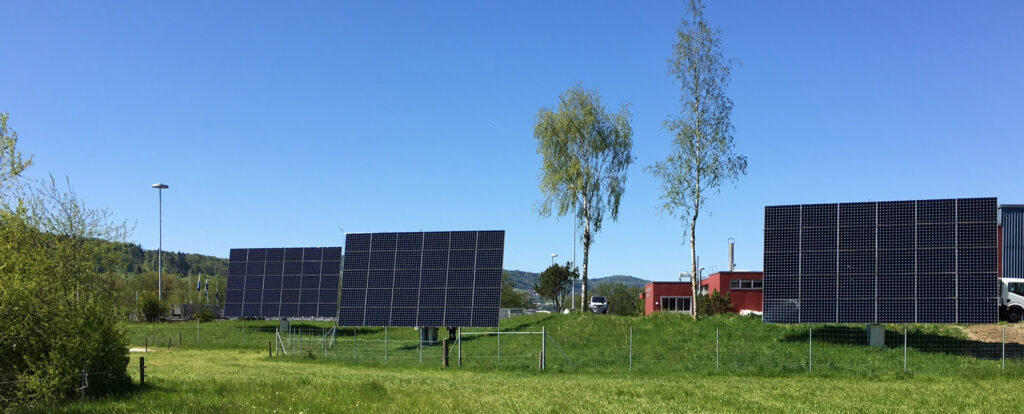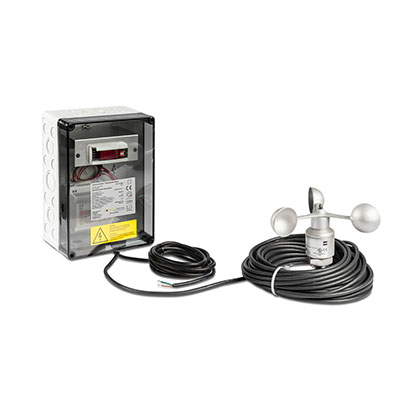 Especially in difficult weather conditions like clouds or fog, for solar modules it is very difficult to absorb the energy of the sun, because sunlight becomes refracted and diffuse while trying to penetrate the moisture in the air. In such difficult lighting conditions solar modules which are positioned horizontally to the sky have the highest efficiency and yield values.
Especially in difficult weather conditions like clouds or fog, for solar modules it is very difficult to absorb the energy of the sun, because sunlight becomes refracted and diffuse while trying to penetrate the moisture in the air. In such difficult lighting conditions solar modules which are positioned horizontally to the sky have the highest efficiency and yield values.
This can be confirmed by the wastewater treatment plant ARA in Switzerland in the city of Mosen. Mosen is located in a valley and has a lot of fog, especially in autumn. To generate the highest yield and to use solar energy efficiently, three DEGERtrackers D80 were installed with a capacity of 29.9 kWp. After the first year, the plant produced 40,000 kWh, corresponding to a yield of about 1,340 kWh/kWp.
The patented MLD technology from DEGER continually measures the intensity of radiation and moves the solar module installation into the most advantageous position. The module not only takes the solar irradiation into account, but also, for example, light that is reflected from snow or rocks. By moving into horizontal position DEGERtrackers catch all the diffused light and therefore achieve the highest yield. With the MLD technology from DEGER the wastewater treatment plant in Switzerland has generated an approximately 45% higher yield compared to fixed tilt systems.
But the most widely used installations have the solar modules fixed on a steep angle, which cannot absorb the solar energy with clouds or fog effectively. So the modules do not use the total available capacity and a lot of energy and money is lost. With an intelligent tracking system the sun can be used as an energy source the whole year on any weather conditions.



